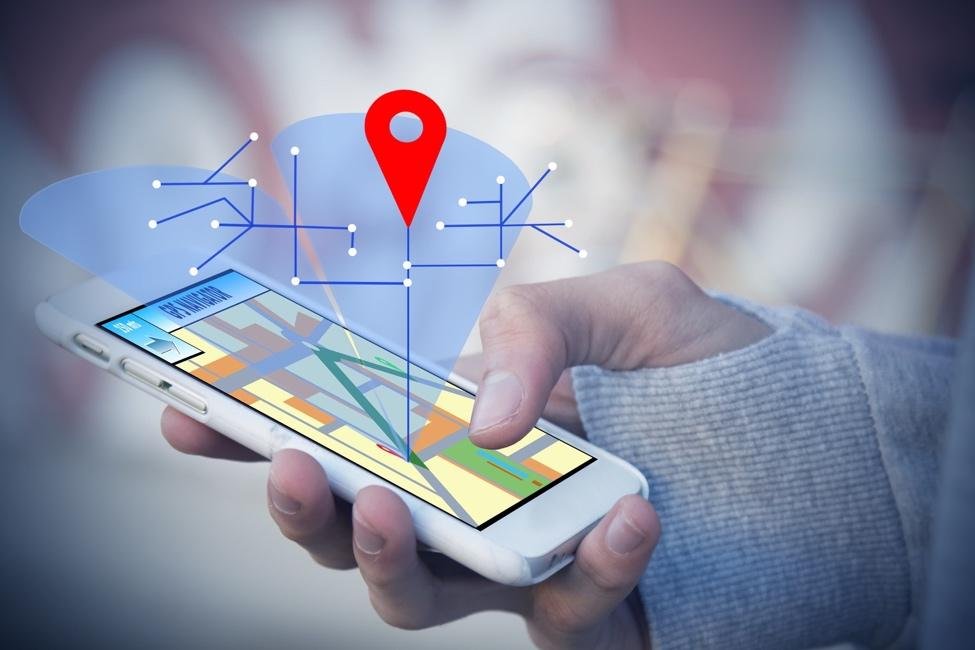How marketers can leverage Big Data and Geolocation?
Nearly all industries have improved their efficiency through the use of geolocation. When it is combined with big data it allows for greater client satisfaction including more individualized customer experience, better targeted marketing and enables you to learn more about your own company.
What is Big Data for Marketers?
Big data refers to large, complex data sets that are difficult to process using traditional data processing methods. For marketers, big data can provide valuable insights into consumer behaviour, preferences, and needs. Here are some types of big data that marketers can use:
Customer data: This includes data on customers' demographics, behaviour, preferences, and purchase history. Marketers can use this data to personalize marketing messages, improve targeting, and tailor products and services to specific customer needs.
Social media data: Social media platforms generate vast amounts of data on consumer behaviour, preferences, and sentiment. Marketers can use this data to understand consumer opinions, monitor brand reputation, and identify trends and opportunities.
Web analytics data: Web analytics data includes information on website traffic, user behaviour, and conversion rates. Marketers can use this data to optimize website design and content, improve user experience, and increase conversion rates.
Geolocation data: Geolocation data provides information on where consumers are and what they are doing. Marketers can use this data to target consumers with location-based advertising, deliver personalized recommendations and promotions, and optimize store locations.
What Does Geolocation Data Mean for Business?
Although it may appear that e-commerce has become universally popular, offering the convenience of buying anything at any time from anywhere with a simple click, the reality is quite different. The majority of shopping still takes place locally. For Example in India about 80% of consumers spend their disposable income on businesses located within a 10-mile radius of their homes ( unorganised Trade) , which can be reached within a 14-minute drive.
Despite the extensive attention, innovation, and marketing efforts focused on online retail, most consumers still prefer to make their purchases in physical stores. Thus, even the largest online retailers are essentially competing with local businesses, rather than the other way around.
This is why new age marketing needs to be hyper-localized or Geolocalized.
Let’s start with the basics. Geolocation marketing is a form of marketing that is location-specific. This means that you can directly target potential customers who are in close proximity to your business with advertisements and offers.
This approach offers several benefits, such as:
Targeted Advertising: Marketers can use geolocation data to target consumers with personalized advertising based on their location. For example, a retailer can send a promotion to consumers when they are near one of their stores, encouraging them to visit and make a purchase.
Predictive Analytics: Marketers can use big data to predict consumer behaviour and preferences, enabling them to tailor their marketing messages and offerings to specific audiences.
Location-Based Services: Marketers can leverage geolocation data to provide consumers with location-based services, such as personalized recommendations, directions to nearby stores or events, and local deals and promotions.
Market Segmentation: Marketers can use big data to segment their target market based on location, demographics, behaviour, and other factors, allowing them to tailor their marketing efforts to specific audiences.
What Tools Can You Use for leveraging?
Geotargeting. This is the broadest form of geolocation marketing. It uses the IP addresses of your customers’ web browsers. In practical terms, you can’t use geo targeting for precise target audiences because it can’t pinpoint your audience’s location exactly. It’s best suited for marketing to general regions, cities, or states.
Geofencing. Geofencing is more precise than geotargeting, allowing you to target specific neighbourhoods and even streets. Don’t think that limits you, though – it can also be used for entire towns or cities. Geofencing uses mobile devices’ GPS locations instead of IP addresses. That means you can track your customers’ locations even if they move. It’s ideal for attracting foot traffic but not as effective for tailoring specific marketing campaigns to your target audience.
Beacons. Beacons are by far the most specific option for geolocation marketing. A beacon is a small device that you’ll put inside or near your business. It collects data from Bluetooth signals in smartphones. They’re ideal for use in places with poor Wi-Fi reception because they’re used for close communication. The Bluetooth technology allows you to send messages and offers directly to customers who are in range.
Overall, geolocation marketing enables you to leverage the potential of your existing and potential customer base in your area, allowing you to connect with them and promote your business more effectively, resulting in a higher return on investment.



